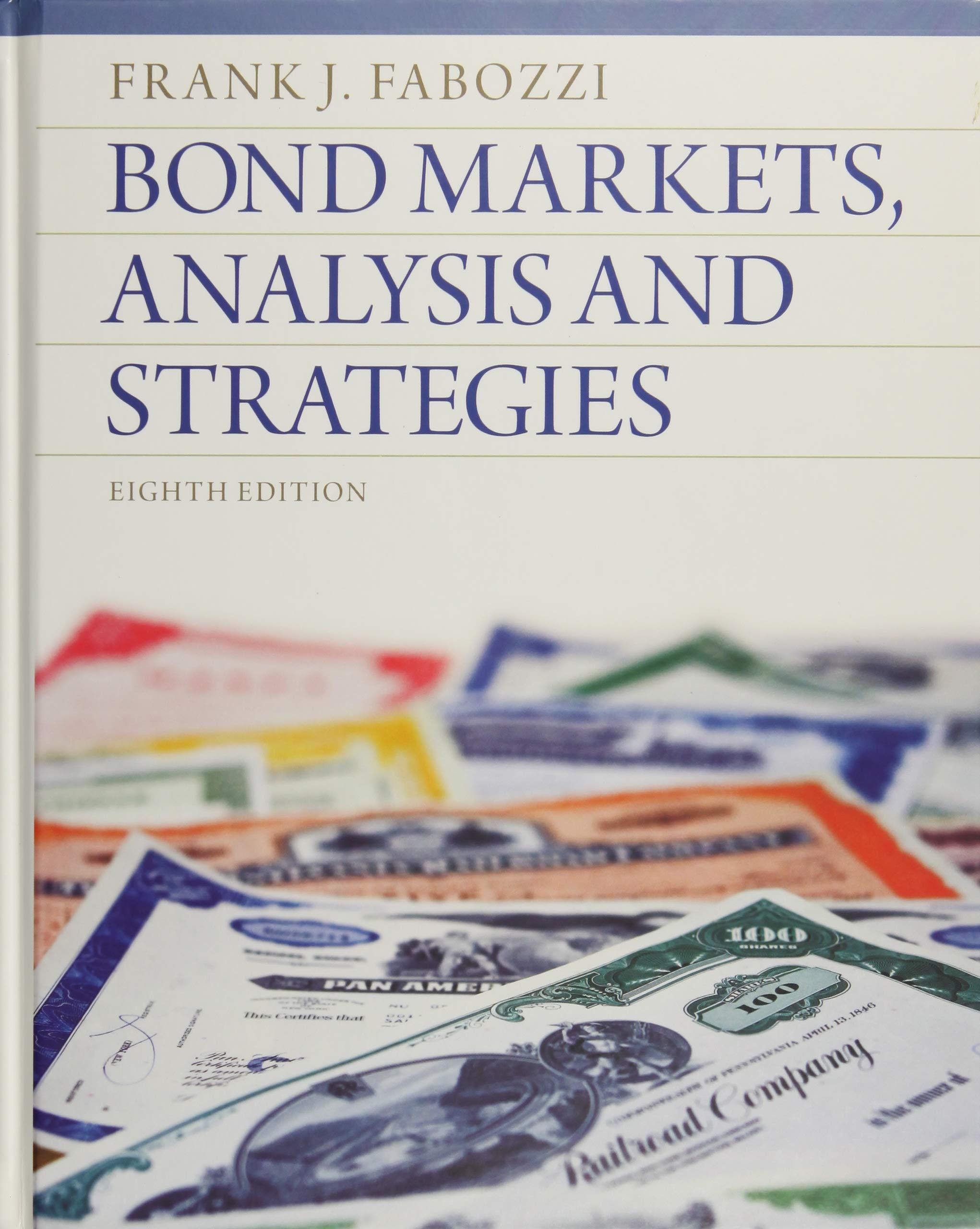Question
RADIANCE Corporation is an automation firm that invests extensively in research and development (R&D) before introducing any new machine, which are usually labor-saving innovations. RADIANCE
RADIANCE Corporation is an automation firm that invests extensively in research and development (R&D) before introducing any new machine, which are usually labor-saving innovations. RADIANCE Corporation serves as a supplier to the manufacturing industry. RADIANCE recently spent $180,000 to invent an automatic food processing machine PRO1; nevertheless, the machine PRO1 is not yet market-ready due to occasional imperfections in separating residue and fine output, as evidenced by a few random trial runs. Such rare failures necessitate a lengthy restart time. Firms who buy and install PRO1 may suffer significant output losses during the reset period. Nonetheless, due to the intense rivalry, RADIANCE executives intend to launch this machine PRO1 ahead of any new competitor offering. The necessary machinery for constructing the facility to manufacture machine PRO1 can be obtained from a local importer for $6,250,000. RADIANCE Corp. must pay an additional $250,000 in installation fees, while the local importer must pay a $500,000 import duty. The plant would have a five-year economic life and be depreciated at a straight-line rate of 20% per year for tax purposes. The plant would be transferred (i.e., sold) to another project at the end of this project for a fee of $700,000. According to RADIANCE Corp's marketing manager, 300 units of the machine PRO1 can be sold in the first year, with sales decreasing by 25 units per year during the project's lifespan. The expected selling price per unit is $50,000. As long as annual output is at least 200 units, the variable cost of manufacturing is anticipated to be FIN20014 Financial Management: Individual Assignment 2 2 | P a g e 60% of sales income. This production plant would have a fixed factory overhead of $1,800,000 per year. This project will entail startup expenses of $100,000. PRO1 is expected to require a $280,000 initial investment in stock (inventory). Furthermore, $180,000 will be tied up in debtors (accounts receivable) as sales increase; however, this will be largely offset by a $60,000 increase in creditors (accounts payable). The project management intends to maintain the same level of net working capital (NWC) throughout the project's life (i.e., no further investment in NWC during the project life) before recovering NWC at the end of four years. The new plant will occupy a piece of factory space that is now being utilised for storage, generating a monthly net revenue of $10,000, but it will be discontinued due to the plant's installation. Furthermore, selling machine PRO1 will result in a $30,000 decrease in RADIANCE's automation consultancy fee income every year. Firms who purchase RADIANCE's PRO1 machine will eventually replace many of their unskilled and semiskilled personnel with a few skilled ones in order to improve production efficiency. An Association of Labour Unions opposes the firms' likely installation of PRO1 since it will result in many people losing their employment due to a lack of ability. In response to the Association's concerns, RADIANCE's managers have discovered another project that would manufacture semi-automatic machine PRO2, which will require both semi-skilled and skilled people. The initial total investment for this PRO2 project would be the same as the initial total investment for the PRO1 project, and the predicted future cash flows (after all adjustments) for this five-year project would be as follows:
Year-1: $2,100,000; Year-2: $2,600,000; Year-3: $3,500,000; Year-4: $3,300,000; Year-5: $1,400,000;
The needed rate of return is calculated using the company's weighted average cost of capital (WACC), which has recently ranged from 13% to 19%. Management has decided to evaluate this project using both rates. The corporate tax rate is 30%. RADIANCE has a 3.5-year projected discounted payback period. The Chief Financial Officer (CFO) of RADIANCE Corp demands a detailed explanation of all pertinent issues connected to the machine PRO1 project before making a final decision in the future meeting. The CFO additionally requests a FORMAL REPORT that includes a detailed analysis of cash flows and explanations of outcomes using proper capital budgeting procedures that are often utilised in project evaluation. Furthermore, the CFO is interested in reviewing the details of the comparison between PRO1 and PRO2 projects in terms of the results of appropriate capital budgeting methods using both 13% and 19% required rates, crossover rate, and all relevant factors that can assist in making a final decision in a separate section of the report.
2. Findings using Excel formula
2.1 Quantitative (with explanation of results) (1 page for PRO1)
2.2 Qualitative (1 page for PRO1)
Step by Step Solution
There are 3 Steps involved in it
Step: 1

Get Instant Access to Expert-Tailored Solutions
See step-by-step solutions with expert insights and AI powered tools for academic success
Step: 2

Step: 3

Ace Your Homework with AI
Get the answers you need in no time with our AI-driven, step-by-step assistance
Get Started


